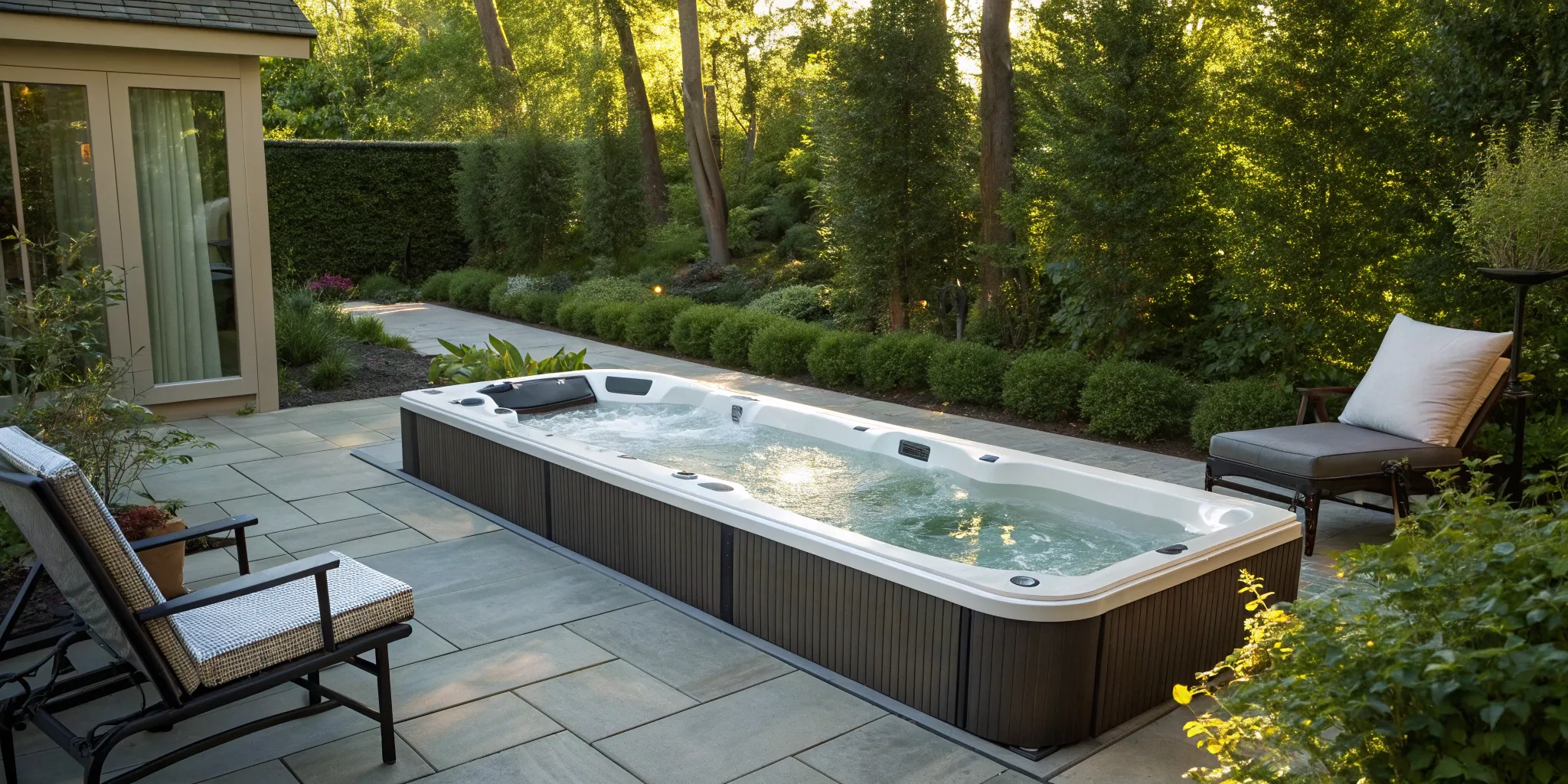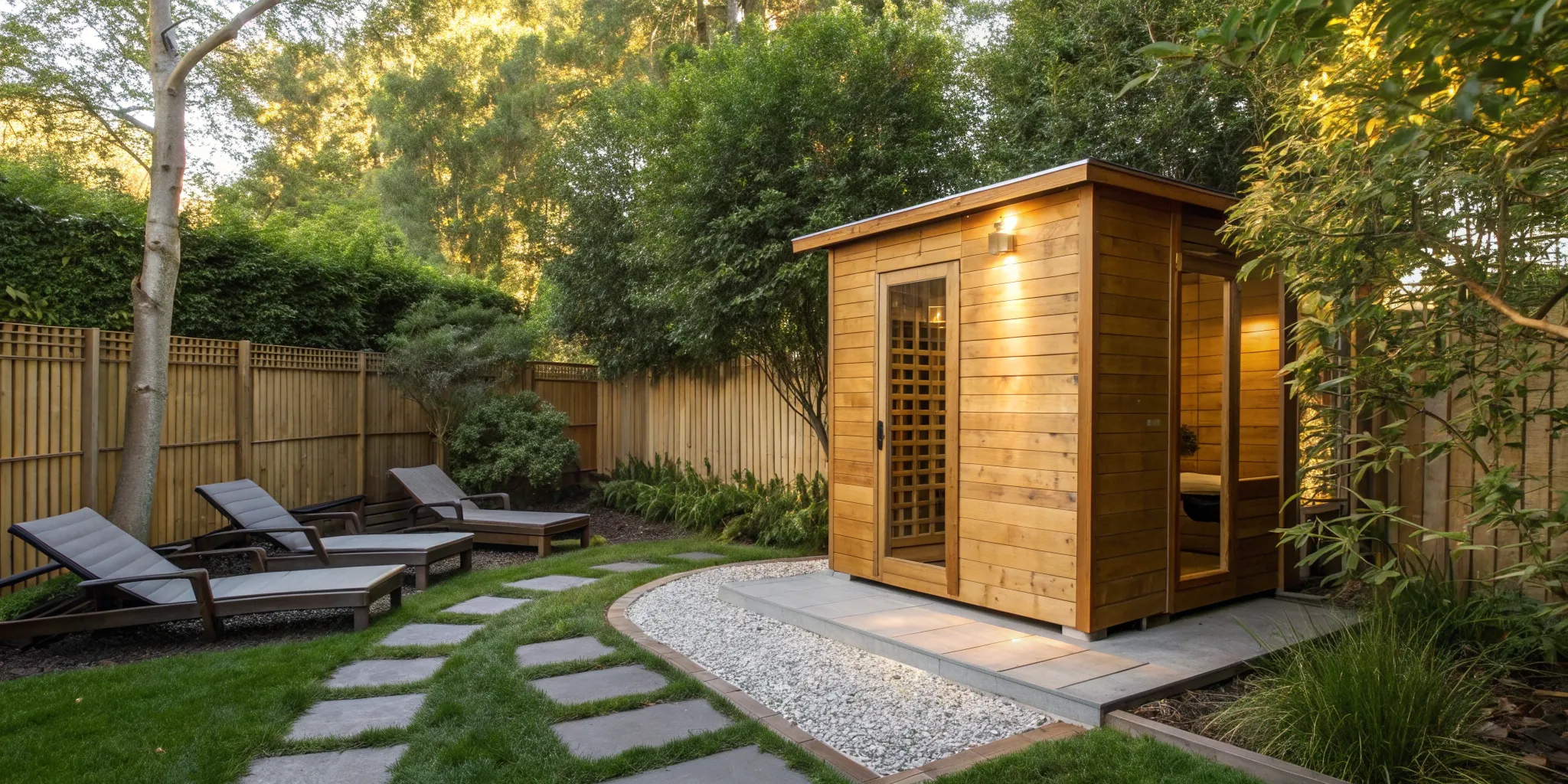If you’re the owner of a well-made, high-quality hot tub, you can anticipate trouble-free performance for many years—provided you take the time to follow a simple schedule for regular ongoing maintenance. This will require a minimal output of time and energy, and will likely involve testing and adjusting your spa water weekly, cleaning the filters monthly, and draining and refilling the water a few times a year or according to the recommendation of your water care system. If you keep your hot tub clean and well-maintained, contaminants such as algae, mold, or mildew won’t be able to develop or grow. However, if you do spot visible signs of algae or mold in your water or on any part of your hot tub, or if you can smell a musty or moldy odor while soaking, you may have a problem on your hands. If algae, mold, or mildew are growing in your hot tub, it’s important to figure out what caused it, how to get rid of it, and how to prevent it from returning.
THE LEADING CAUSES OF HOT TUB ALGAE, MOLD AND MILDEW
While algae, mold, and mildew are very different organic substances—algae are plants, whereas mold and mildew are fungi—their presence in your hot tub is universally unwelcome. Algae in a hot tub can take many forms and can appear in various colors, from green to yellow to white to black. Your water could appear greenish or cloudy, or the sides of your hot tub shell could feel slippery and slimy to the touch. Algae will generally form in a hot tub when the pH levels in the water are imbalanced or when not enough sanitization chemicals, such as bromine or chlorine, have been added. Sunlight makes algae flourish, so leaving your hot tub uncovered for extended periods of time will encourage algae growth.
Mold and mildew can take the form of floating white slime in your spa water or discolored white or black patches on your hot tub shell. Mildew is a surface fungi that can usually be easily wiped away, whereas mold might be a sign of a more intensive infestation. Mold is most likely to form in a neglected spa. It can be caused by soaps, lotions, or other substances that have been transferred to the hot tub from the skin of a bather; it often establishes itself in the filters, jets, or plumbing and begins to grow. Mold and mildew also frequently first appear on a hot tub cover, then spread to the water.
HOW TO FIGHT HOT TUB ALGAE, MOLD AND MILDEW
Algae, mold, and mildew will not grow in a clean and properly sanitized tub. If they do occur, however, minor problems might be treatable simply by adjusting the pH levels to bring your spa water back to the proper balance, then shocking your tub water with sanitizer. To ensure that the problem is eradicated for good, however, it may be necessary to drain your tub after shocking it. After the tub is drained, clean the shell with a gentle cleanser, such as a mixture of baking soda and water or a product specifically designed for use on hot tub shells. Make sure to clean the jet nozzles as well, and either clean or replace the filters before refilling your spa.
In cases of extreme contamination, shock the water with sanitizer once more after refilling it, then drain, clean, and refill it again. This can be a time-consuming process, but it’s worth the effort to eradicate all traces of the contaminant and restore your spa water back to pristine condition.
If your hot tub cover is moldy, give it a thorough cleaning. Remove it from your hot tub, then spray it with a mixture of dish soap and water and wipe it down. Following up with a conditioner like Hot Spring Cover Shield™ will help keep your cover in good working condition for longer. It’s a good idea to clean your hot tub cover on a regular schedule, even if you don’t see visible signs of mildew or grime. If your cover has grown increasingly heavier over time with water saturation, it might be time to replace it. A waterlogged hot tub cover, in which water has permeated the vapor barrier and has soaked through to the foam core, can be a breeding ground for mold.

HOW TO PREVENT HOT TUB ALGAE, MOLD AND MILDEW
If you keep your tub covered when it’s not in use, make sure your filters are cleaned and replaced according to a regular schedule, and follow all the instructions of your water care system for testing and maintenance, you are unlikely to ever experience significant problems with water contaminants.
Problems generally arise when you aren’t in control of a hot tub’s level of sanitation. If you’ve recently brought home a used hot tub, for example, it may have a pre-established mold infestation, especially if its previous owners showed it insufficient care. If you purchase a used hot tub, it’s a good idea to fill it, shock the water, drain it, and clean it before refilling it, just to make sure you’re starting off with a clean and sanitary tub.
When you use an unfamiliar hot tub, such as one at a gym or hotel or even at a friend’s home, you have no control over the level of sanitation. One of the many advantages to owning your own home spa is peace of mind. At home, you can be certain no mold, mildew, algae, or any other unwanted contaminants are lingering in the water. As long as take good care of your spa, you know the water will be clean and inviting every time you use it.
Hot Spring Spas is dedicated to ensuring our high-quality hot tubs are energy-efficient and capable of performing beyond your expectations. To learn more about the ways a Hot Spring hot tub can enhance your life, talk with a Fun Outdoor Living team member!




